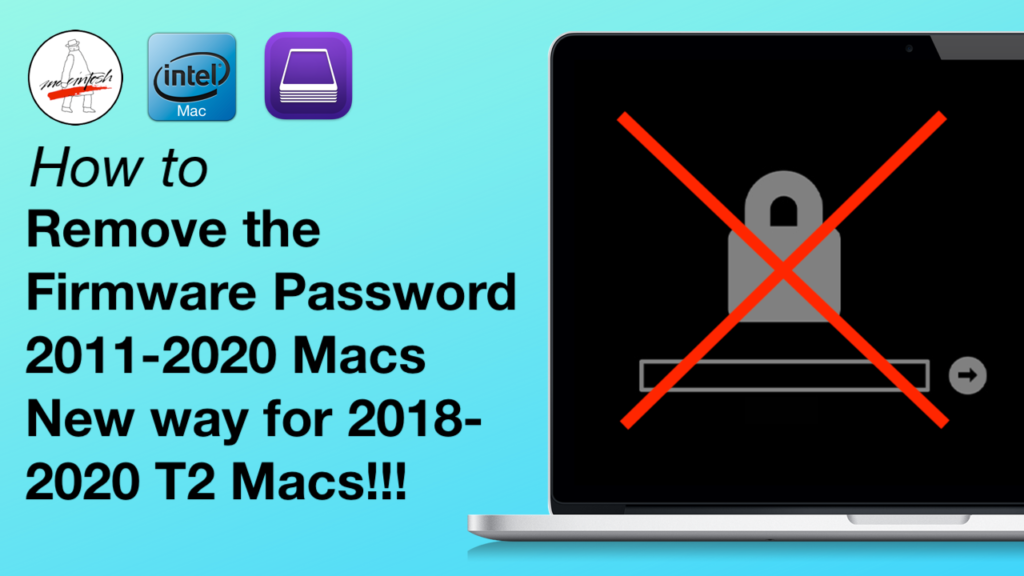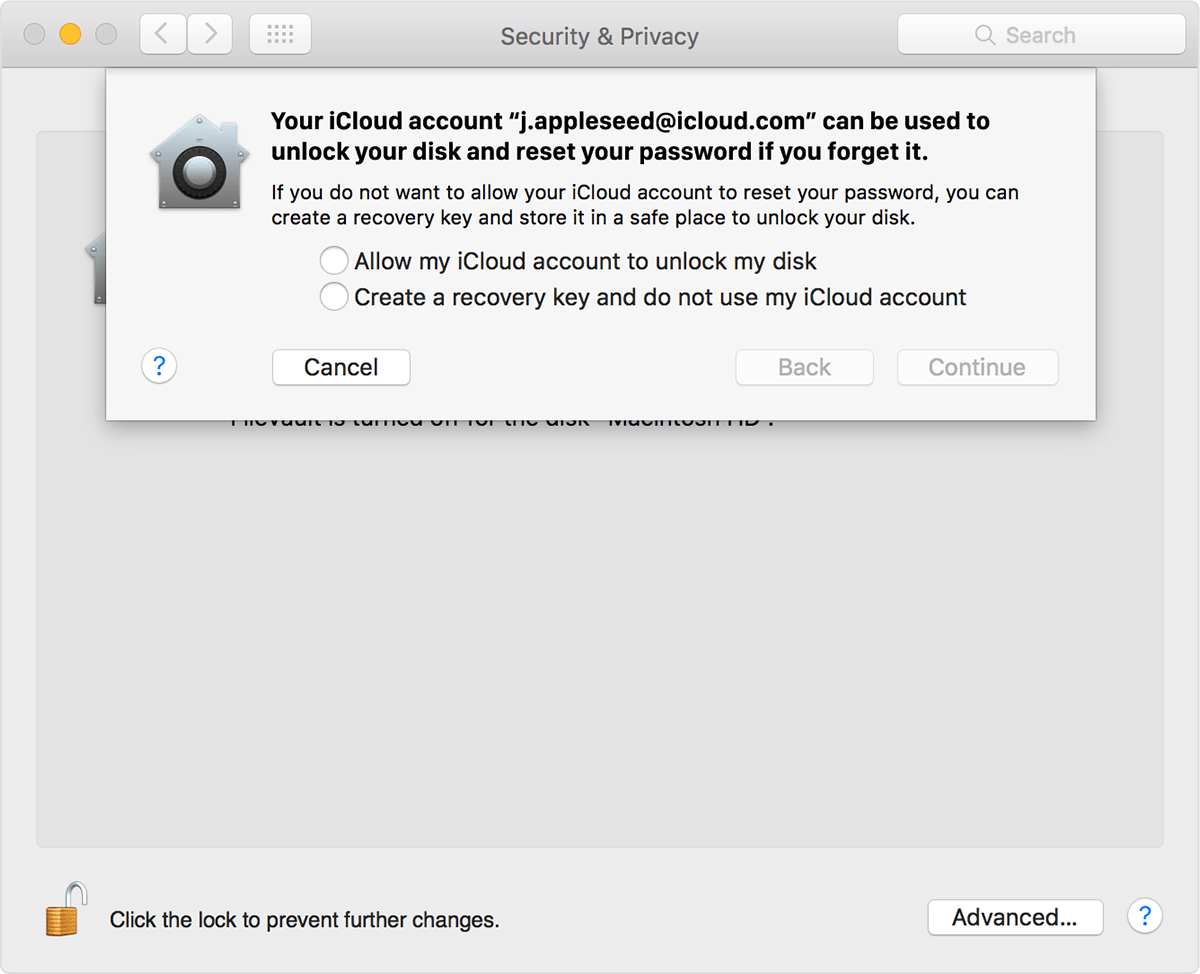
To do that, hold down ⌘+ option+ R at boot. If you have figured out how to time your boot-time key chords and you just don't have a working recovery partition on your system, you might be able to use Internet Recovery (if your machine is a 2012 or later model). Assuming you have a Mac that still has a boot chime. In order to successfully use boot-time key chords on a Bluetooth keyboard, press them down as the sound of the boot chime trails off. If you don't get into the boot picker, you were timing your key-holding-down thing wrong.Īre you using a Bluetooth keyboard? They lose connection at reboot and have to re-establish it, and if you're already holding down keys when they re-establish their link, they'll ignore those keys. See if your recovery drive shows up there. The Mac starts directly to the user account with the new password.Just in case you're timing the ⌘+ R thing wrong, try holding down option at boot to get to the boot picker. Click “Continue Login” if you want to log in as a user account with a new password.Enter and confirm a new password, fill in the password hint field and click “Reset password” again.Click “OK” to confirm the creation of the new keychain.


Also note that this will result in the creation of a new keychain, but the old keychain will remain intact if you ever remember the old password in a path that you can unlock later.

Understand warnings before you begin: This method only works if you set your Apple ID to bind to a Mac OS X user account, your Mac must have an Internet connection to use this feature, and this option is not available for some FileVault users. Recover a lost Mac OS X password with an Apple ID


 0 kommentar(er)
0 kommentar(er)
